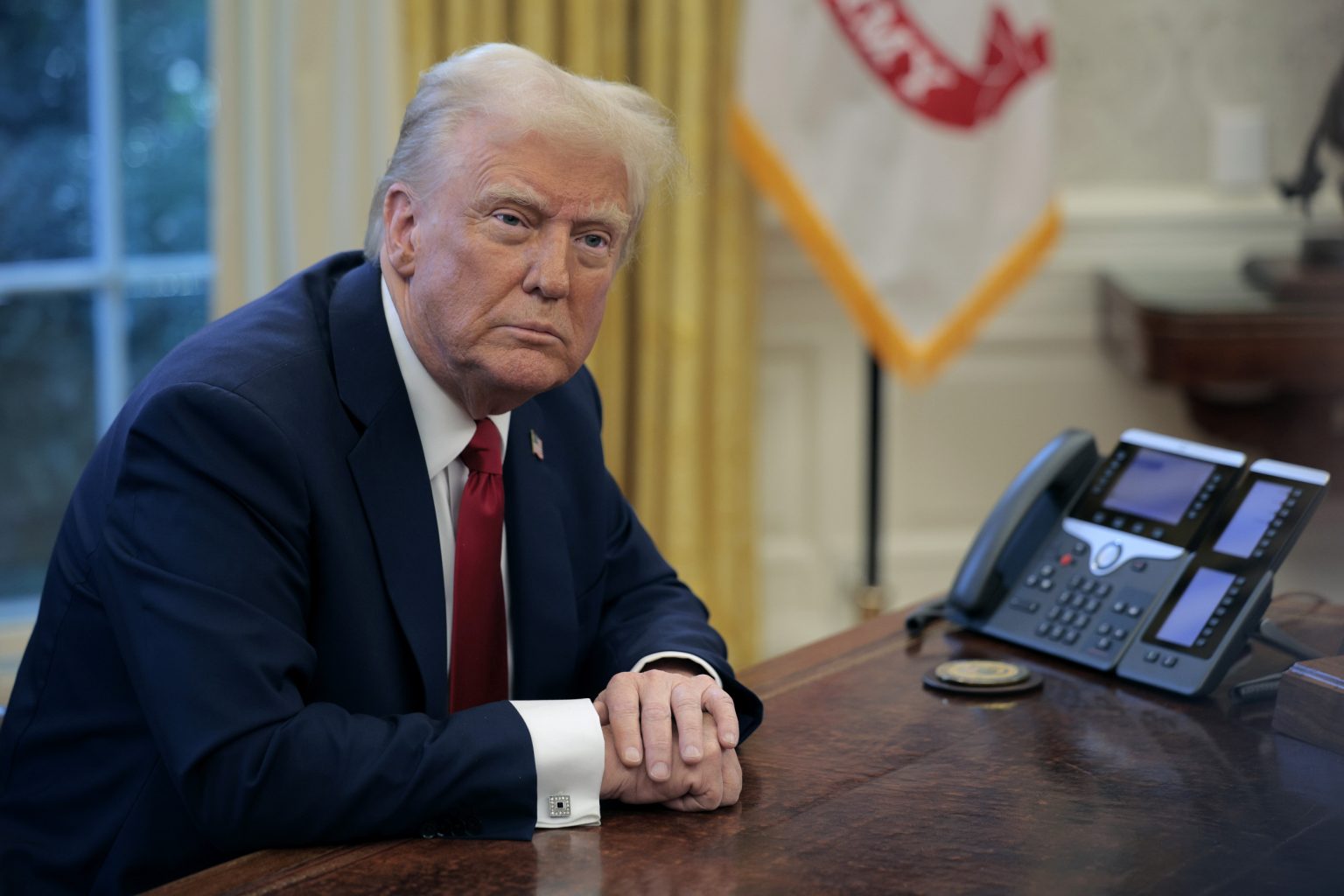The political and economic landscape surrounding the Panama Canal has become increasingly complex, with rising tensions between the United States and China playing a significant role. Former U.S. President Donald Trump’s accusations of Chinese control over the canal have sparked a diplomatic row and prompted Panama to reassess its relationship with both superpowers. Panama’s President José Raúl Mulino announced his intention to not renew Panama’s participation in China’s Belt and Road Initiative (BRI) after a meeting with then U.S. Secretary of State Marco Rubio, signaling a potential shift in Panama’s foreign policy towards closer alignment with the U.S. This decision comes amidst Trump’s repeated threats to demand the return of the canal to the U.S. if Panama fails to reduce fees charged to American ships and mitigate Chinese influence. The situation highlights the strategic importance of the Panama Canal in global trade and the ongoing geopolitical competition between the U.S. and China.
The crux of the issue lies in Trump’s assertions that China is effectively controlling the Panama Canal, a claim vehemently denied by both China and Panama. Trump’s accusations appear to be grounded in the presence of a Hong Kong-based company, Hutchison Ports, operating two terminals near the canal. While Hutchison Ports holds a long-term contract with Panama, Trump views this as evidence of Chinese encroachment and a violation of the treaty that transferred control of the canal from the U.S. to Panama in 1999. Trump’s rhetoric has escalated the situation, with warnings of unspecified “powerful” consequences if Panama doesn’t address his concerns. This pressure has seemingly influenced Panama’s decision regarding the BRI, suggesting a move to appease the U.S. and potentially secure its continued support.
Panama’s decision to withdraw from the BRI upon the expiration of the current agreement represents a significant development in its relationship with China. The BRI, a massive global infrastructure project, aims to strengthen trade and economic cooperation through extensive infrastructure development across various countries. While it promises economic benefits, the BRI has been criticized for potentially burdening participating nations with substantial debt from Chinese loans. Panama’s withdrawal, while framed as a strategic recalibration, could also be interpreted as a response to U.S. pressure to distance itself from China. The move underscores the delicate balancing act Panama faces in navigating the interests of two major global powers vying for influence in the region.
The meeting between President Mulino and Secretary Rubio appears to have been a pivotal moment in this unfolding drama. Rubio emphasized the U.S.’s commitment to protecting the Panama Canal from alleged Chinese Communist Party influence and reiterated the strategic importance of the canal to U.S. national and economic interests. While Mulino stated that no direct threats were made regarding reclaiming the canal, the underlying message of U.S. concern over Chinese involvement was undoubtedly clear. The subsequent announcement of Panama’s BRI withdrawal reinforces the perception that the U.S. successfully exerted pressure on Panama to realign its foreign policy.
The situation is further complicated by Panama’s recent announcement of an audit of Hutchison Ports, the Hong Kong company operating the two terminals near the canal. This move is perceived as an attempt to address Trump’s accusations and demonstrate Panama’s commitment to transparency. The outcome of the audit could have significant ramifications, potentially leading to the revocation of Hutchison Ports’ contract or the initiation of a new bidding process. However, it remains unclear whether replacing Hutchison Ports with a U.S. or European company would fully satisfy Trump’s demands and alleviate his concerns about Chinese influence.
The Panama Canal saga highlights the increasing geopolitical competition between the U.S. and China, with Panama caught in the crossfire. The future of the canal and Panama’s relationship with both superpowers remains uncertain. The outcome of the Hutchison Ports audit, Panama’s formal withdrawal from the BRI, and the evolving U.S.-China dynamic will all play a role in determining the long-term trajectory of this complex situation. The strategic importance of the canal makes it a focal point of international attention, and its fate will have significant implications for global trade and the balance of power in the region. The situation underscores the challenges faced by smaller nations navigating the complexities of great power competition in an increasingly interconnected world.


